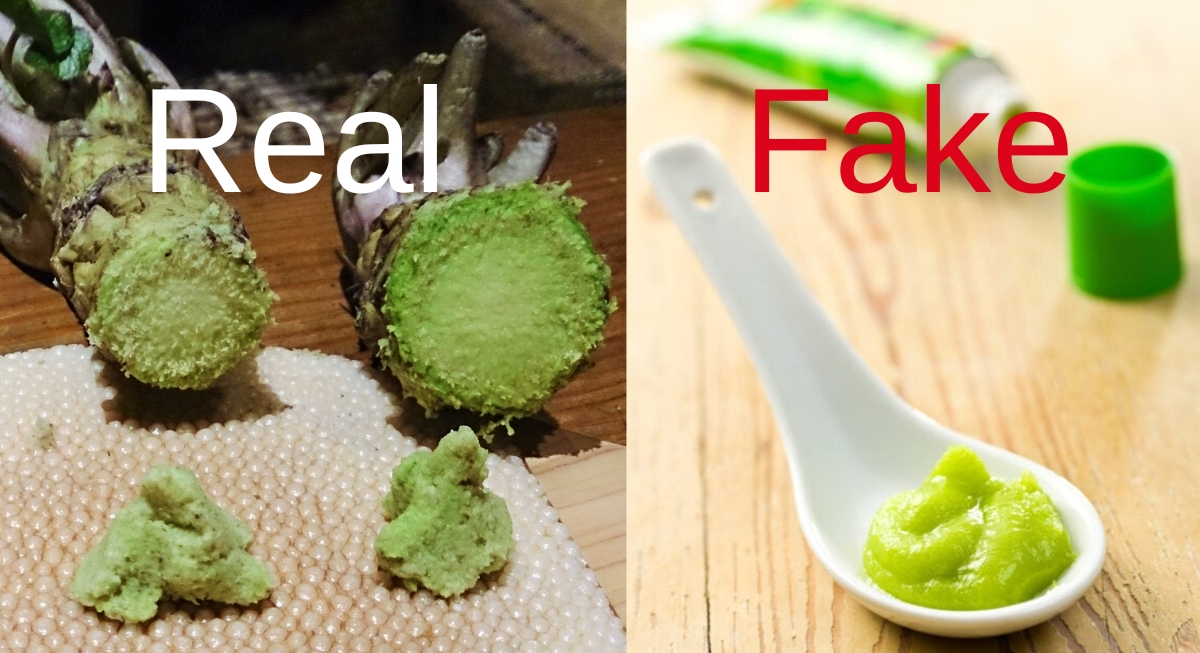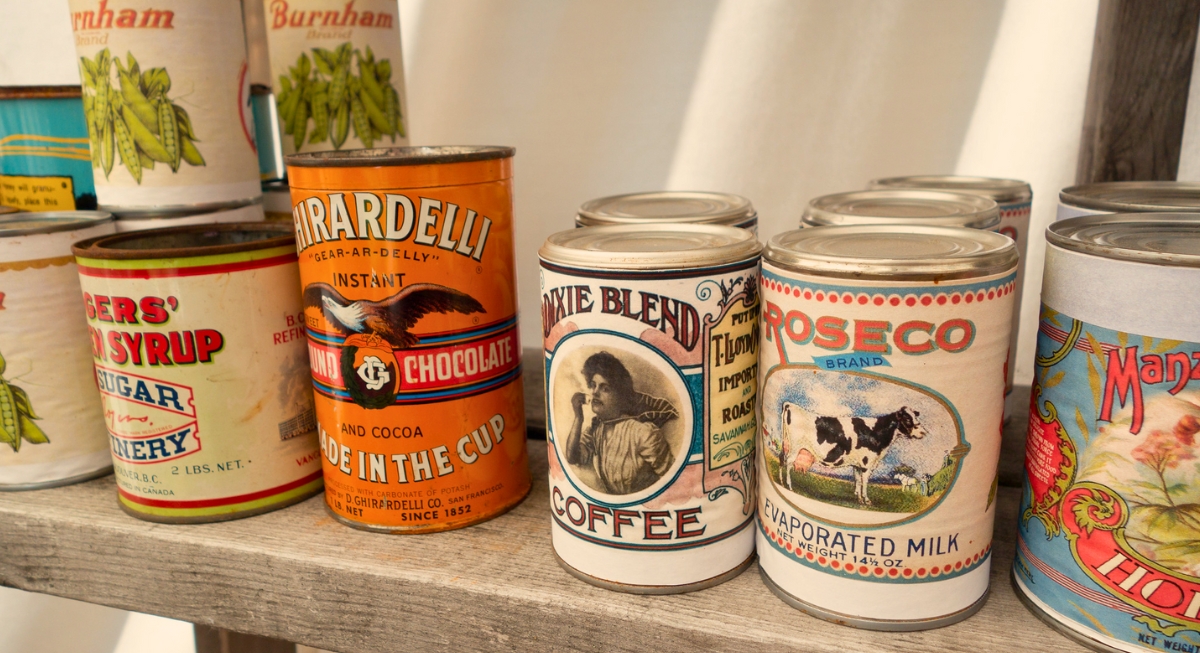You might trust the label on your food or the menu at your favorite spot, but in many cases, that trust is misplaced. Food deception is more common than you think and is not just about getting ripped off. Counterfeit products can be found on grocery store shelves and restaurant menus across the U.S. That means you could be paying premium prices for second-rate products without knowing it.
The good news is that spotting the fakes isn’t hard once you know what to look for. Here are 15 foods that frequently get faked — and how to avoid them.
Olive Oil
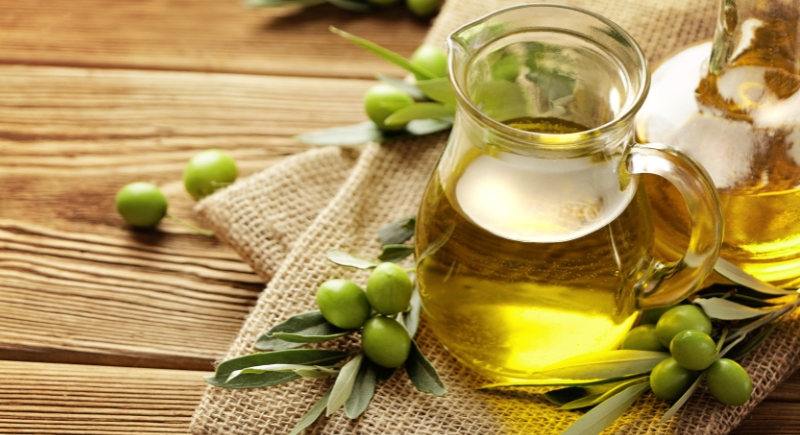
Credit: Getty Images
It says “extra virgin,” but that doesn’t always mean what you think. Some brands blend in soybean or sunflower oil to stretch profits. If you want the good stuff, pay attention to the details. High-quality olive oil smells fresh, bites a little on the tongue, and often comes with a COOC or PDO certification on the label.
Kobe Beef
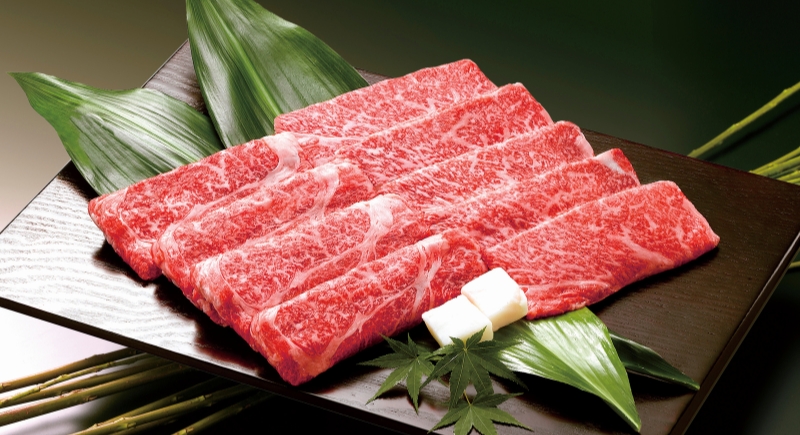
Credit: Getty Images
Unless you’re at a certified restaurant, you’re not eating authentic Kobe beef. It’s a protected label, tied to strict standards in Japan. In the U.S., most “Kobe” menus serve American Wagyu or generic beef with a fancy name.
Lobster Rolls
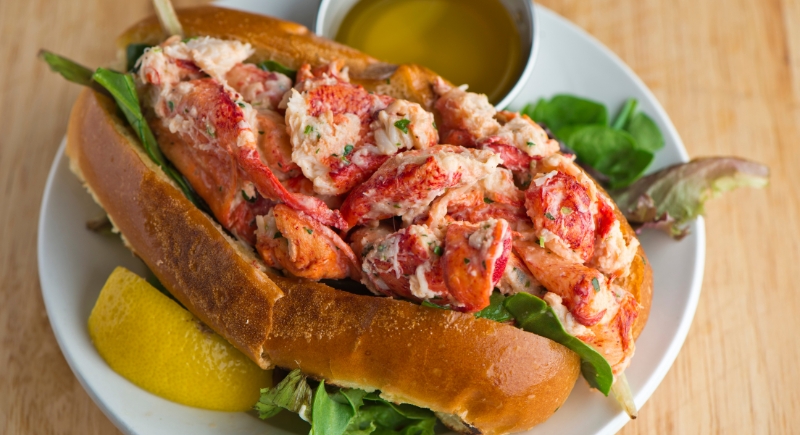
Credit: Getty Images
Those creamy lobster bisques and buttery rolls you love often feature monkfish, langostino, or whiting instead. A 2016 investigation found over 35% of lobster dishes tested were actually imposters. Ask where the meat comes from, or order whole lobster for better authenticity.
Honey

Credit: Canva
Bees aren’t big fans of corn syrup, and neither should you be. Many commercial honeys are bulked up with sweeteners and stripped of pollen, making them harder to trace and less healthy. Go local when possible, or check that your bottle passed independent purity tests.
Red Snapper
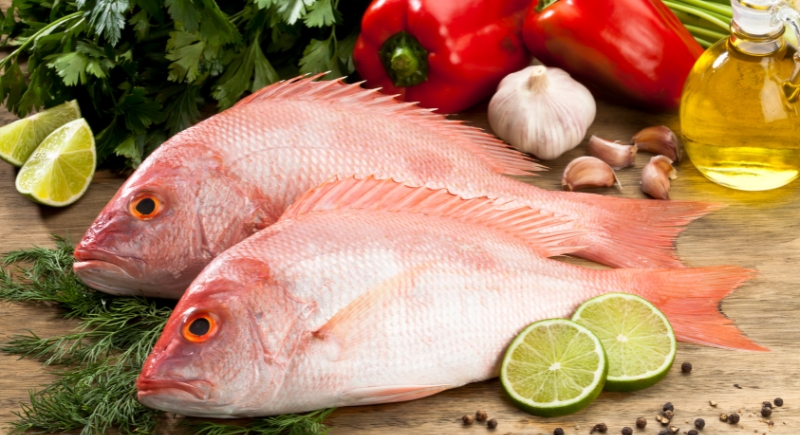
Credit: Getty Images
You order red snapper, but the kitchen sends out tilapia in disguise. Happens more often than you think. A study from Oceana found nearly 1 in 3 seafood samples were mislabeled. Choose reputable seafood vendors whenever possible.
Parmesan

Credit: Getty Images
Once, a U.S. cheese company got busted for stuffing grated Parmesan with wood pulp — literally. It’s called cellulose, and while technically edible, you’re not paying for tree filler. If the rind doesn’t say Parmigiano-Reggiano, it’s probably a knockoff.
Maple Syrup
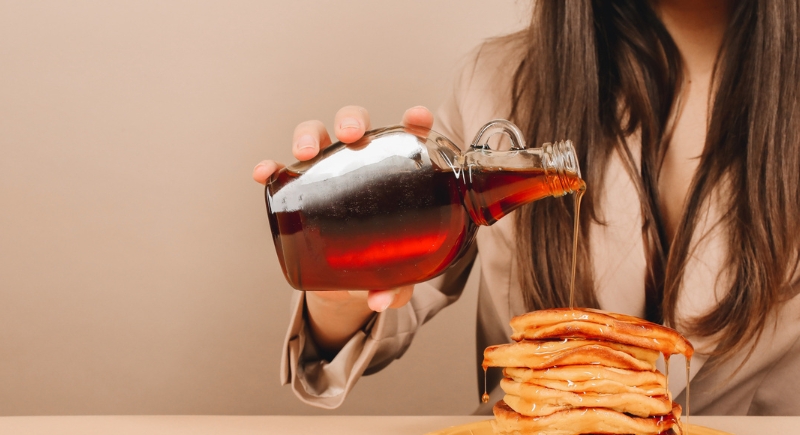
Credit: Canva
Poured anything “maple-flavored” on pancakes lately? You were likely eating flavored corn syrup with brown coloring. Genuine maple syrup comes from tree sap, not a lab. It’s pricier because the process is natural and intensive. Vermont or Quebec on the label is your only green flag.
Coffee
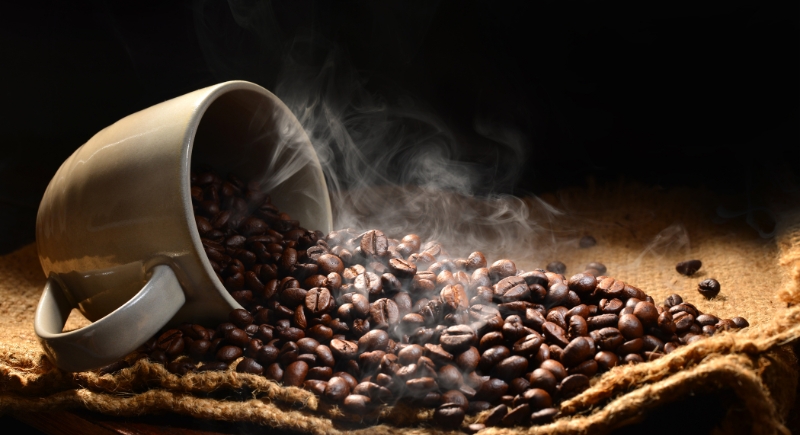
Credit: Getty Images
Once in Brazil, researchers found twigs, starch, and even roasted corn in cheap ground coffee. These items bulk up the weight without raising the price. Your best shot is whole beans, a grinder, and a brand that tells you where it’s from.
Herbal Tea
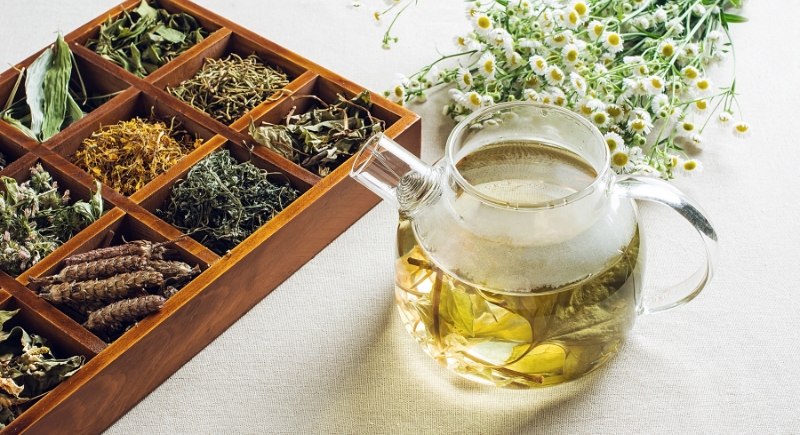
Credit: Getty Images
It is becoming more common for relaxing blended brews to taste oddly artificial. And it’s hard not to notice. Some brands cut corners with flavorings, filler leaves, and colorants. Apart from being dishonest, it can also mess with allergies. The best blends list every ingredient and usually skip the gimmicky names.
Vanilla

Credit: Canva
Vanilla is the second most expensive spice in the world, so some companies cheat. They use synthetic vanillin made from petrochemicals or wood pulp. It’s cheap and it smells right, but it tastes flat. The signal you should look out for is “pure vanilla extract” on the label. Skip anything imitation.
Saffron

Credit: Getty Images
Real saffron has a smell you won’t forget — rich, floral, and almost metallic. Fake saffron, on the other hand, is just dyed threads of corn silk or even shredded paper. If it’s cheap, powdered, or smells like nothing at all, it’s no good.
Pepper
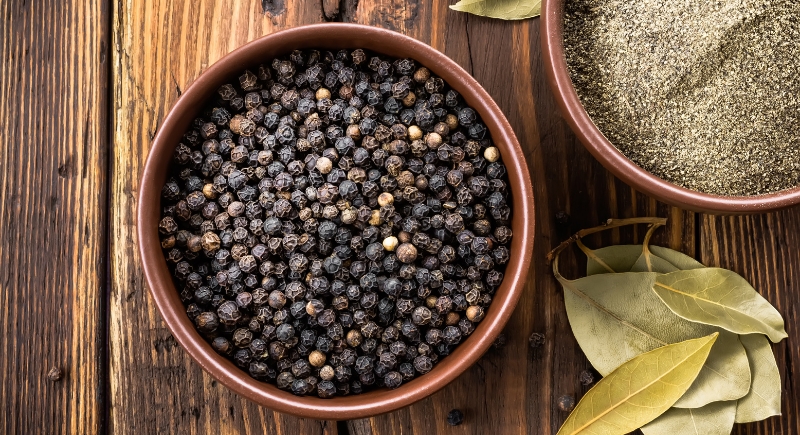
Credit: Getty Images
Not all black pepper is created equal. Some low-grade blends mix in papaya seeds or starch to stretch the weight. You won’t know until you taste it or don’t. Pepper is supposed to be sharp and bright. The best way to ensure you get your hands on the real deal is to buy whole peppercorns and grind as needed.
Pomegranate Juice

Credit: Getty Images
The front says pomegranate, but the back label tells a different story. Many fruit juices are mostly apple or grape juice in disguise. Some are just tinted sugar water. Make sure to read the fine print. “100% juice” means something, especially if the fruit you actually want is listed first.
Wasabi
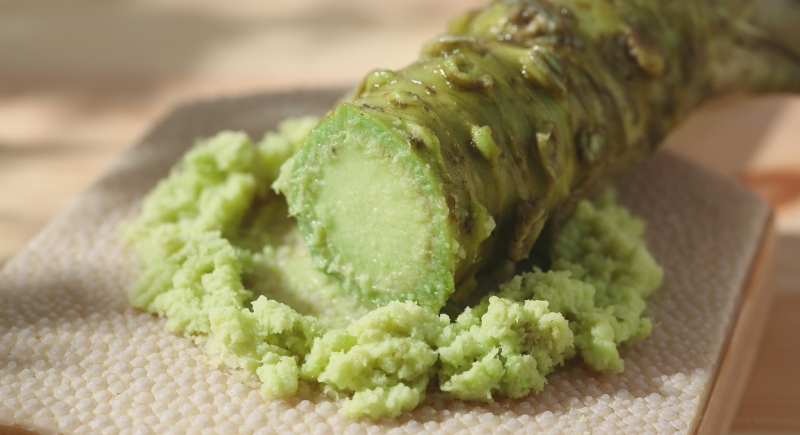
Credit: Canva
Is that really wasabi you’re putting on your sushi? Probably not. It’s likely horseradish with green dye and maybe some mustard. Actual wasabi root is rare, expensive, and milder in flavor. It delivers more plant than punch. You’ll only find that stuff in top-tier Japanese restaurants or specialty markets.
Truffle Oil
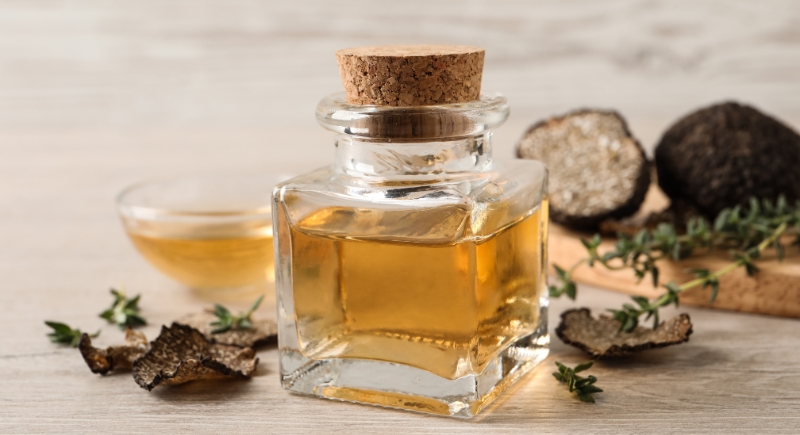
Credit: Canva
Truffle oil sounds fancy, but sadly, most of it contains no truffle. It’s scented with a synthetic chemical designed to mimic the smell. The flavor’s hollow, and chefs have started calling it out. For a more authentic truffle flavor, look for truffles in the ingredients.

